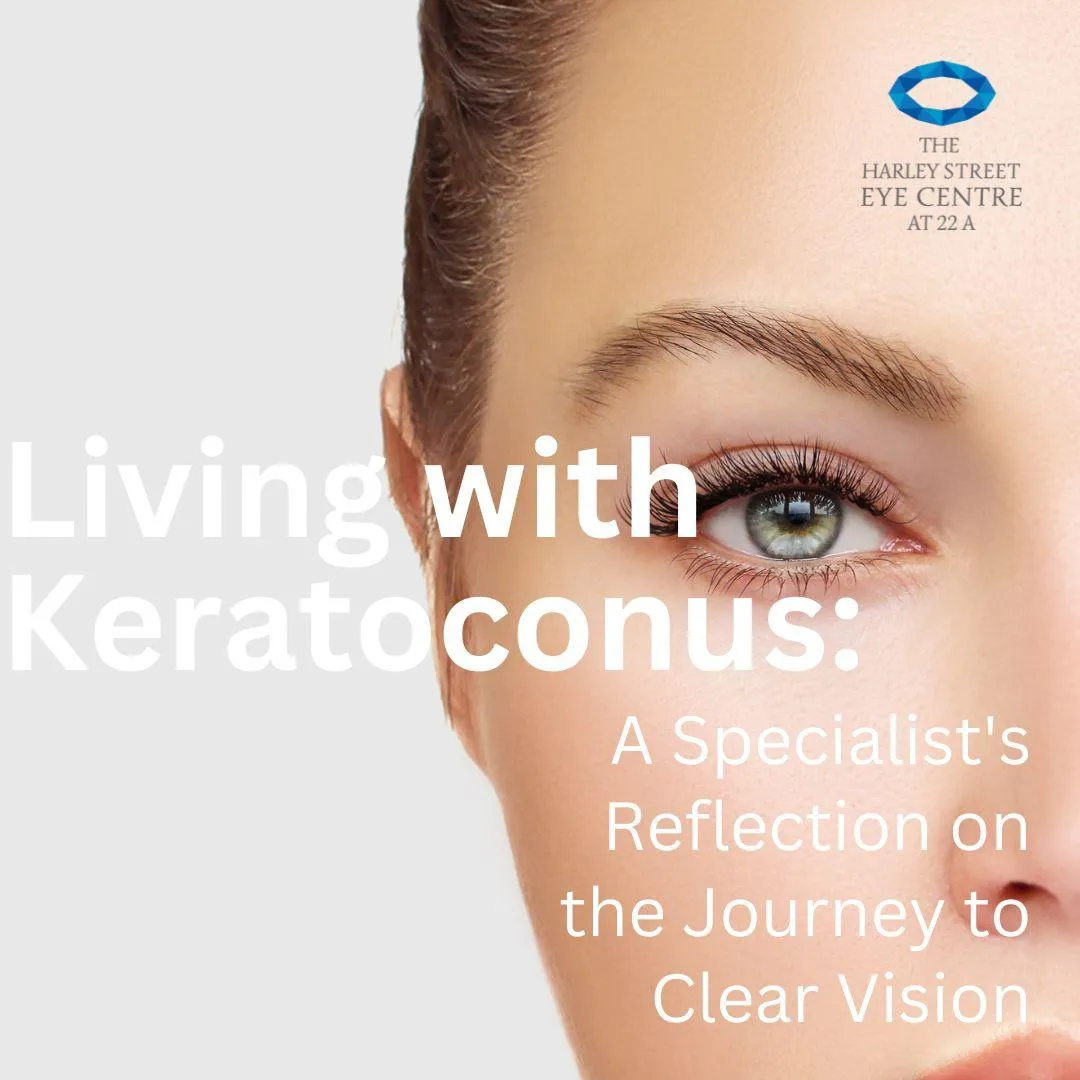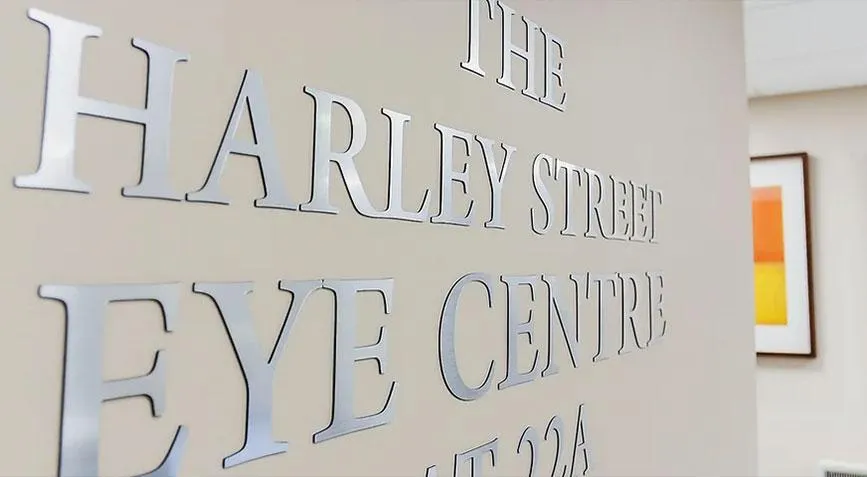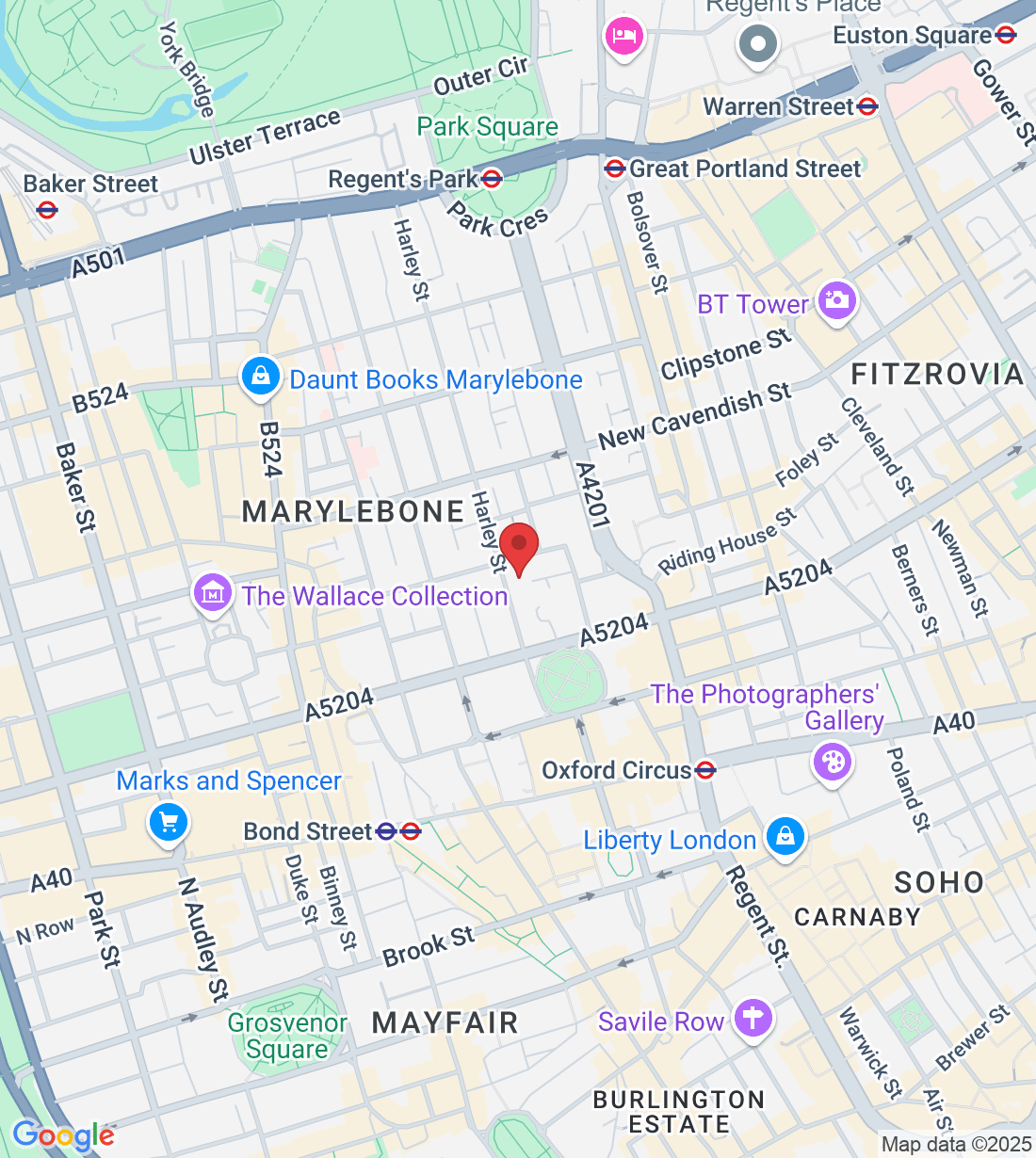
Living with Keratoconus: A Specialist's Reflection on the Journey to Clear Vision
Living with Keratoconus: A Specialist's Reflection on the Journey to Clear Vision
As a specialist in the field of keratoconus, I have had the privilege of working with countless patients who face the challenges posed by this eye disorder. Keratoconus disease is a condition that affects the cornea, causing it to gradually thin and bulge into a cone-like shape. While it may not be a household name, for those who suffer from it, the impact on their quality of life is profound.
The Struggles of Living with Keratoconus
Imagine a life where your vision is a constant source of uncertainty and frustration. This is the reality that many individuals with keratoconus disease face every day. The cornea's irregular shape leads to distorted and unstable vision, making even simple tasks like reading, driving, or recognizing faces a constant challenge.
The Impact on Quality of Life
The poor and unstable vision associated with keratoconus can have a devastating effect on a person's quality of life. Those who suffer from this condition often report feeling isolated and helpless. The frustration of not being able to see clearly can lead to anxiety, depression, and a sense of hopelessness.
The Career Conundrum
One of the most heart-wrenching aspects of keratoconus disease is how it can jeopardize a person's career. Imagine a talented professional, with years of education and experience, suddenly finding their ability to perform their job compromised by their deteriorating vision. The fear of job loss or reduced productivity can weigh heavily on individuals with keratoconus, adding to their already significant burden.
Exploring Treatment Options for Keratoconus
In the world of keratoconus treatment, advancements have been made that offer hope and a chance at a brighter future for those affected by this challenging eye disorder. In addition to the previously mentioned corneal collagen cross-linking (CXL), there are other treatment options available that can provide significant improvements in vision and overall quality of life.
Corneal Collagen Cross-Linking (CXL)
Corneal collagen cross-linking has emerged as a game-changer in the treatment of keratoconus. This procedure works by strengthening the corneal tissue through the application of riboflavin (Vitamin B2) eye drops followed by exposure to ultraviolet (UV) light. This process promotes the formation of stronger collagen bonds in the cornea, helping to stabilize its shape and halt the progression of the disease.
The beauty of CXL lies in its ability to prevent further deterioration of vision, which can be particularly crucial in the early stages of keratoconus. While it may not reverse existing vision loss, it can prevent things from getting worse and improve overall visual stability.
Topography-Guided Laser Correction
For some individuals with keratoconus, topography-guided laser correction can be an effective treatment option. This procedure involves using advanced laser technology to reshape the cornea, correcting irregularities caused by the bulging associated with keratoconus. By precisely targeting the problem areas of the cornea, topography-guided laser correction can lead to significant improvements in visual acuity.
While not suitable for every patient or every stage of keratoconus, this treatment can offer a new lease on life for those who qualify. It's essential to consult with a skilled specialist to determine whether this option is suitable for your specific case.
Deep Corneal Implantation of the Xenia Implant Using the Ghabra Technique
Another promising innovation in the field of keratoconus treatment is the deep corneal implantation of the Xenia implant using the Ghabra technique. This surgical procedure involves the placement of a specially designed implant into the deep layers of the cornea, effectively reshaping and reinforcing it. The Xenia implant is intended to provide structural support to the cornea and enhance its stability.
The Ghabra technique, named after its creator, Dr. George Ghabra, is a precise surgical approach that ensures the proper placement of the implant. This treatment option is particularly appealing for patients with advanced keratoconus, where traditional approaches may be less effective.
Customized Treatment Plans
It's important to note that no two cases of keratoconus are identical. Each patient's condition is unique, and treatment must be tailored to their specific needs. A skilled keratoconus specialist will assess the severity of the disease, the patient's age, and other factors before recommending the most appropriate treatment plan.
In many cases, a combination of treatments may be employed to achieve the best possible outcomes. For example, some patients may undergo corneal collagen cross-linking to stabilize the cornea's shape, followed by topography-guided laser correction to further improve visual acuity.
A Message of Hope for Keratoconus Patients
In closing, there is hope for individuals living with keratoconus. The availability of advanced treatments such as corneal collagen cross-linking, topography-guided laser correction, and deep corneal implantation of the Xenia implant using the Ghabra technique has transformed the landscape of keratoconus therapy.
If you or someone you know is struggling with the challenges of poor and unstable vision due to keratoconus, take heart in the fact that there are options available. Seek out a skilled keratoconus specialist who can assess your unique situation and guide you towards the most suitable treatment plan. With the right care and support, you can regain control over your vision and your life, leaving the days of uncertainty and frustration behind. You are not alone in this journey, and together, we can overcome the challenges of keratoconus disease
Ask And His Team
Fill in the form to request a Call From Our Team
One of our team will call you for FREE and answer any questions or concerns you may have about your eye health
© Copyright 2023. The Harley Street Eye Centre. All rights reserved.





